6 Everyday Foods That Seem Safe and 5 That Secretly Make You Sick
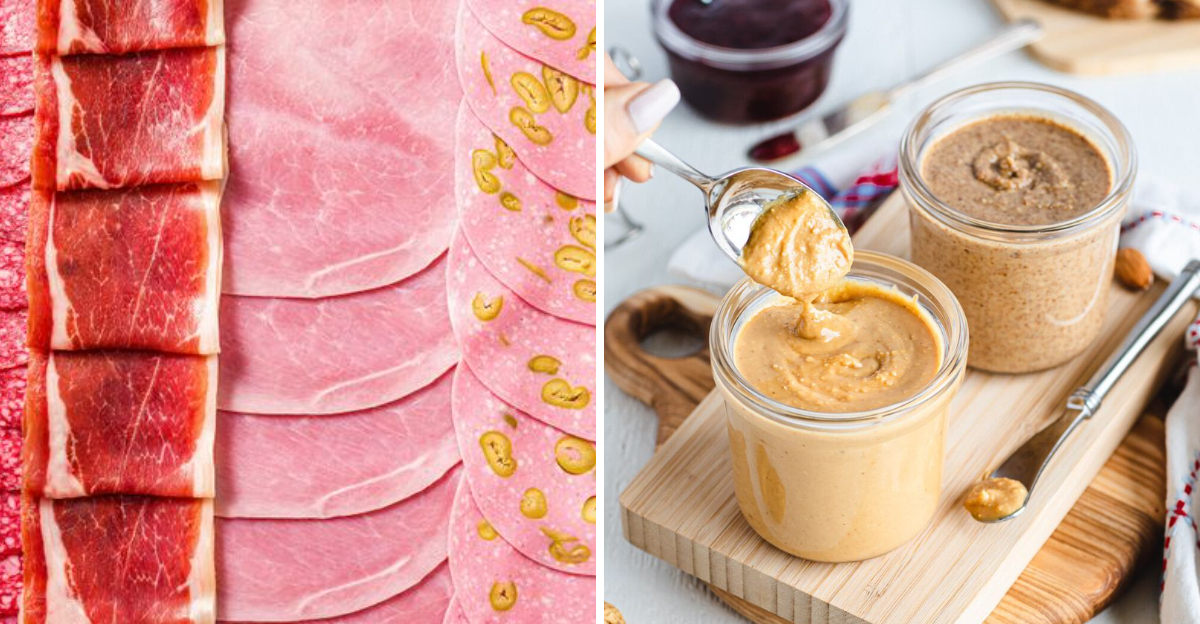
Most of us reach for the same everyday foods without a second thought. But some seemingly innocent picks can hide risky ingredients, sneaky bacteria, or questionable shelf lives. Here’s a breakdown of 6 foods that seem totally fine—and 5 that might secretly be wrecking your gut, energy, or long-term health.
1. Deli Turkey or Ham
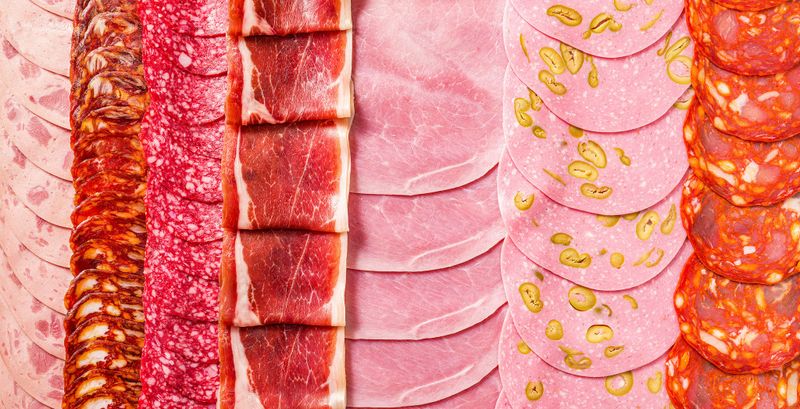
Deli meats like turkey or ham often sit at the top of the health-conscious shopper’s list. But appearances can be deceiving: these cold cuts are often loaded with sodium, nitrates, and preservatives. Even if labeled as “natural,” they can pose a listeria risk if not stored with care.
Many people are unaware that these meats can harbor bacteria, especially when left unrefrigerated for extended periods. So, while they may seem like a lean protein option, the hidden ingredients can potentially impact your health.
Next time, think twice about your sandwich filling and explore fresher alternatives.
2. Bagged Salad Mixes
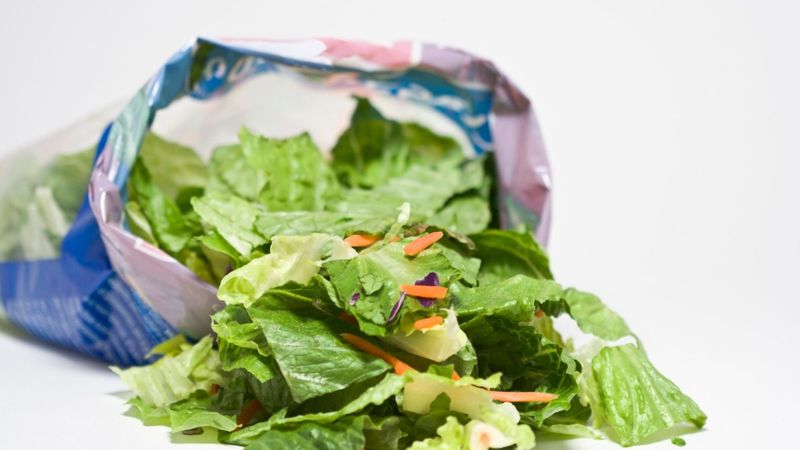
Bagged salad mixes are a convenient choice for many, promising a quick and easy meal. However, pre-washed doesn’t necessarily mean germ-free. These mixes are frequently implicated in foodborne illness outbreaks due to contamination during processing.
The leafy greens can harbor dangerous pathogens like E. coli or salmonella, making them a risky addition to your plate. Even more concerning is that washing them at home may not eliminate these threats.
If you’re a fan of these mixes, consider buying whole lettuce and greens to wash and prepare yourself for a safer salad experience.
3. Sushi from the Grocery Store

Sushi from the grocery store is a tempting option for a quick meal. Yet, this convenience can come with a side of risk. Raw fish requires meticulous handling and temperature control, and not all stores excel in these areas.
Improper storage or handling can lead to bacterial growth or parasites, turning what should be a delightful treat into a potential health hazard. While it may be affordable and accessible, the quality and safety can be questionable.
For sushi lovers, visiting a reputable sushi restaurant ensures better adherence to safety standards and a more authentic experience.
4. Protein Bars
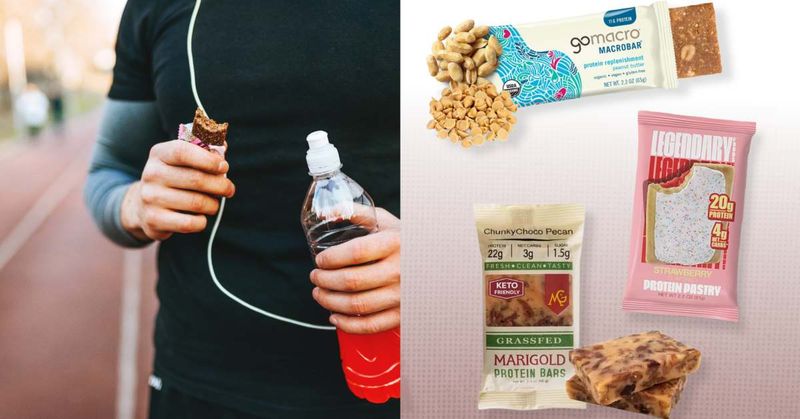
Protein bars, marketed as healthy snacks, often disguise a host of not-so-healthy ingredients. Many are packed with processed oils, added sugars, and questionable “natural flavors,” making them more akin to candy bars than a wholesome snack.
Despite the promise of a quick energy boost or muscle recovery aid, the reality is a sugar spike and potential crash. Consumers seeking a nutritious option should scrutinize ingredient lists and choose bars with minimal processing and real food components.
Rethink relying solely on protein bars for nutrition, and consider whole food alternatives for sustained health benefits.
5. Nut Butters with Added Oils

Nut butters, like peanut or almond, often carry an air of healthiness. But when they contain hydrogenated oils and sugars, it’s a different story. These additives transform a potentially nutritious spread into something far more processed.
Many popular brands enhance texture and flavor with these ingredients, sacrificing natural goodness. Consumers should opt for varieties with just nuts and maybe a pinch of salt.
Reading labels carefully is crucial to ensure you’re spreading something truly healthy on your bread. This vigilance maintains the nutritional integrity that pure nut butters offer.
6. Fruit Juices (Even the “100%” Kind)
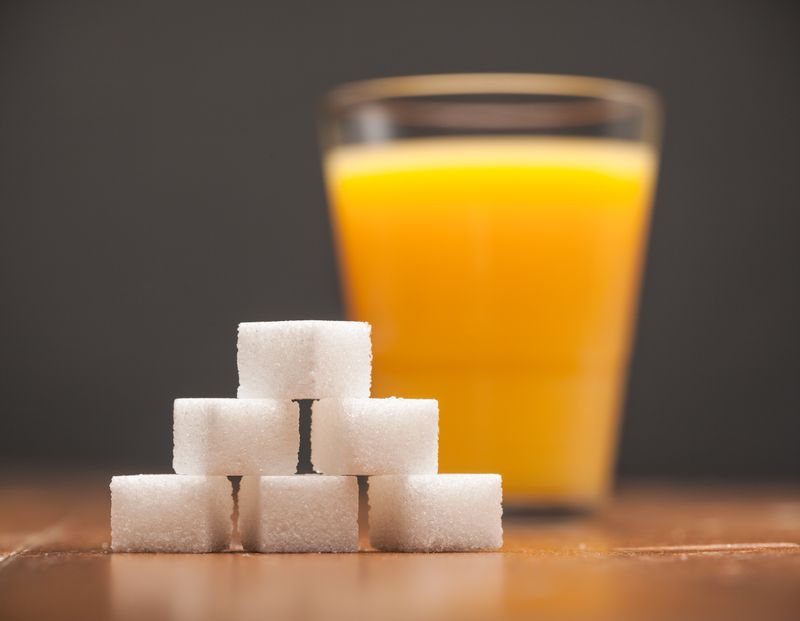
Fruit juices, even those labeled “100%,” can be deceiving. Stripped of fiber, they spike blood sugar levels rapidly, lacking the whole fruit’s natural moderation.
Many assume these juices are a healthful choice, yet the reality is akin to consuming liquid sugar. The absence of fiber means quicker digestion and less satiety, often leading to overconsumption.
Opting for whole fruits provides the full spectrum of nutrients and fibers, keeping you fuller longer. When thirst calls for something fruity, think about blending the entire fruit to maintain its natural benefits.
7. Undercooked Ground Beef
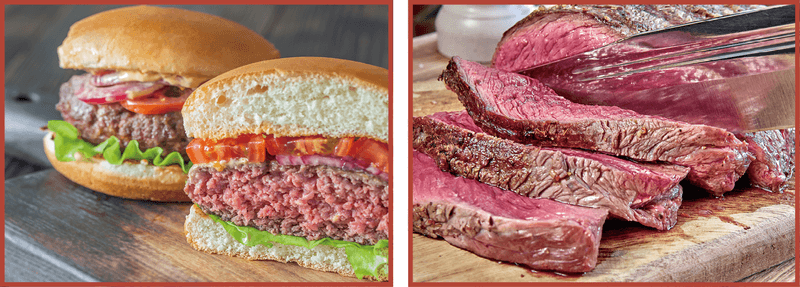
Ground beef, a staple in many diets, requires careful cooking to ensure safety. Even if preferring it “medium rare,” it must be fully cooked to eliminate risks of E. coli and other bacteria.
These pathogens live on the surface of meat but get mixed throughout during grinding. Undercooking leaves these threats intact, posing serious health risks.
Invest in a meat thermometer to guarantee proper temperatures. This precaution transforms a potentially dangerous meal into a safe, delicious one, allowing you to savor your burger without concern.
8. Unpasteurized Dairy Products
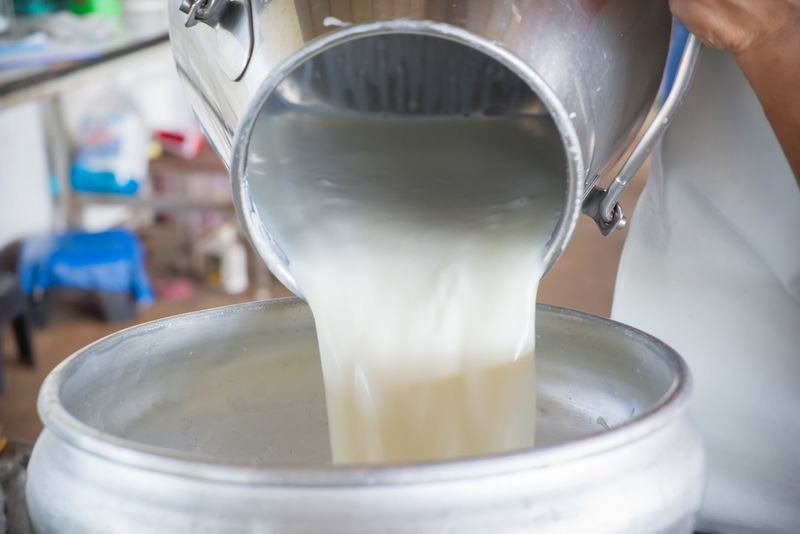
Unpasteurized dairy, such as raw milk, cheese, or cream, might seem appealing due to traditional charm but carries inherent risks. These products can harbor pathogens like listeria, salmonella, and E. coli.
The pasteurization process, designed to eliminate harmful bacteria, is often skipped in favor of perceived natural benefits. However, this trade-off can lead to severe health issues.
Choosing pasteurized dairy ensures that you’re enjoying the nutritional benefits without the hidden dangers. It’s a simple step that greatly reduces the risk of foodborne illnesses.
9. Sprouts (Alfalfa, Mung Bean, etc.)

Sprouts, like alfalfa or mung bean, are often lauded for their health benefits but can be bacterial breeding grounds. The warm, moist conditions ideal for sprouting are the same that foster salmonella and E. coli growth.
These tiny greens can cause significant health issues if contaminated. Despite their healthy reputation, they are repeatedly associated with foodborne illness outbreaks.
For those who value sprouts in their diet, consider cooking them or sourcing from reputable growers who ensure safe production practices. This caution turns a risky garnish into a safe addition to meals.
10. Leftover Rice or Pasta Left Out Too Long

Leftover rice or pasta, when left out too long, can become a haven for Bacillus cereus, a toxin-producing bacterium. This organism thrives in cooked starches stored improperly, even at room temperature.
Symptoms from this toxin can mimic food poisoning, making detection and prevention crucial. Many are unaware of the dangers posed by improperly stored leftovers.
Cooling rice and pasta quickly and storing them in the refrigerator mitigates these risks. This simple practice ensures leftovers remain a safe, convenient meal option rather than a hidden danger.
11. Sugar-Free Gum or Candy with Sorbitol

Sugar-free gum or candy often contains sorbitol, a sugar alcohol known for digestive disruptions. While it offers a sweet taste without the calories, excessive consumption can lead to bloating, gas, and other gastrointestinal issues.
Sorbitol doesn’t get absorbed fully in the small intestine, leading to fermentation in the gut. This process causes discomfort, particularly in those sensitive to sugar alcohols.
Moderation is key. If you’re experiencing digestive troubles, examining your sugar-free product intake could provide relief. Choosing alternatives without sorbitol ensures enjoyment without the unwelcome side effects.
